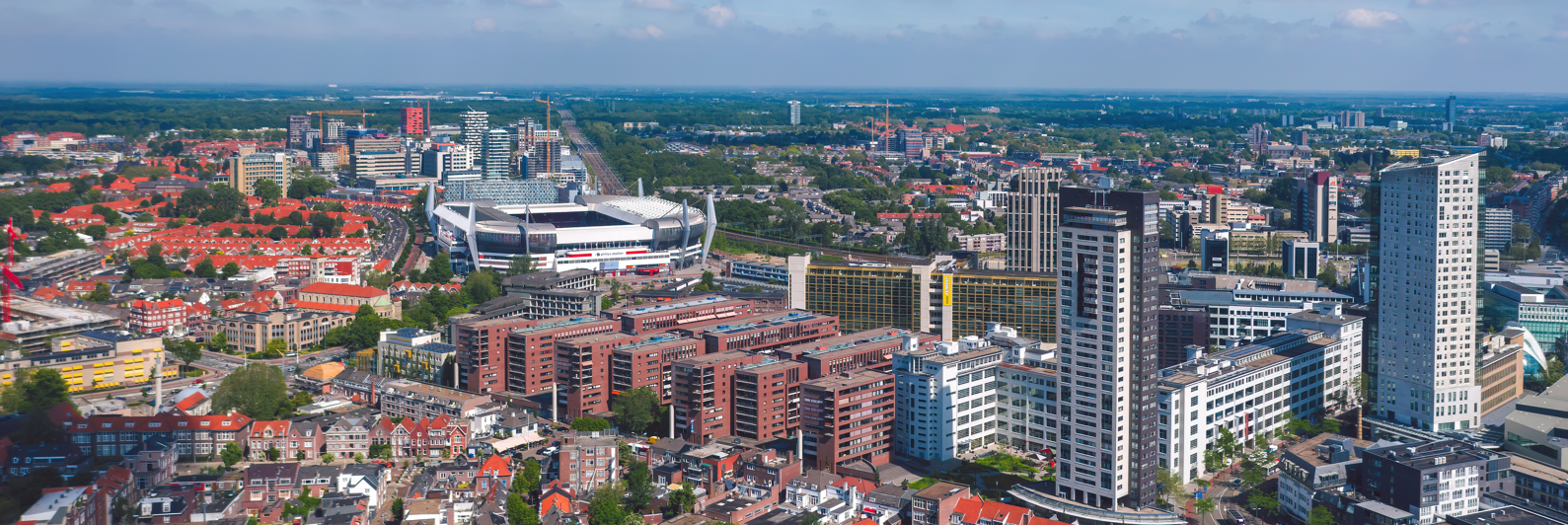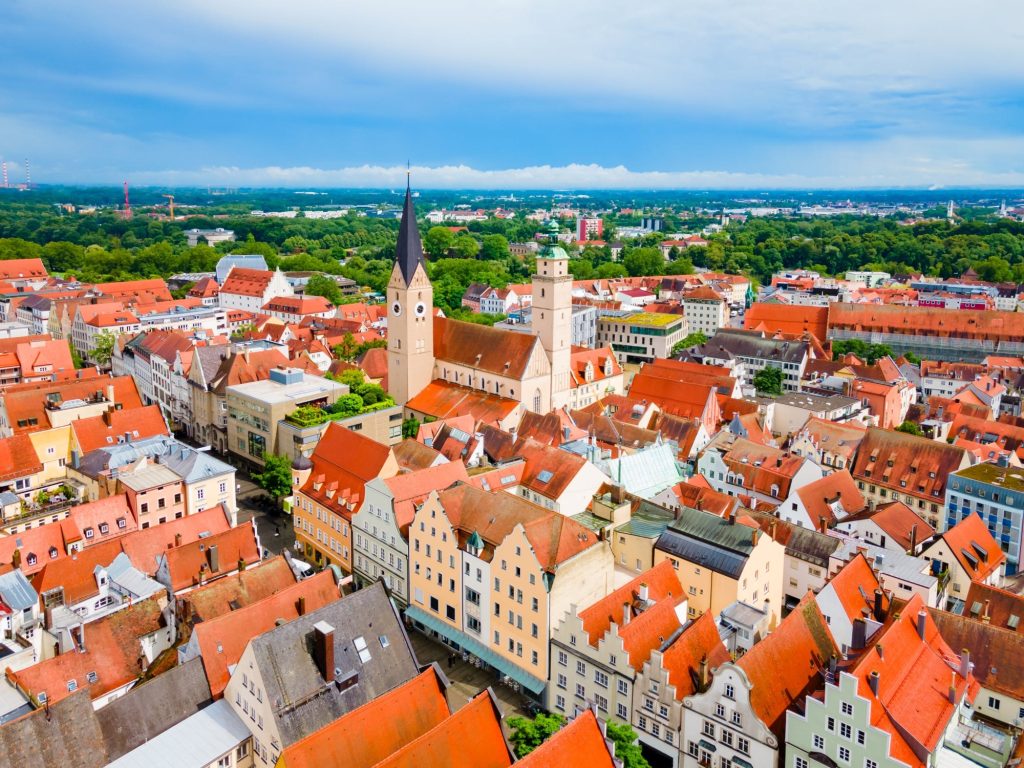“Eindhoven is getting fuller and fuller, so we are always looking for more space. On the one hand, there is a clear need for more housebuilding, but on the other, the city must retain a certain quality of life. This is not only a challenge for Eindhoven, it’s a dilemma which the Netherlands as a whole is facing. When it comes to high-rise housing construction, waste issues tend to be an afterthought,” says Thijs Martin, project manager at Eindhoven’s waste management contractor, Cure. “Identifying which waste-collection solution is the best in new and existing situations is part of my day-to-day work. Sidcon’s compactors help towards this because they give us increased capacity.”
Keeping the city livable
For high-rise buildings, municipal policy is aimed at waste being collected as much as possible underground. For low-rise buildings, mini-containers are used. Some plastic, metal and drink packaging waste is collected centrally, by preference in underground containers and compactors. There is now talk of paper and cardboard packaging being collected in the same way. Cure Afvalbeheer is a collaboration between the municipalities of Eindhoven, Geldrop-Mierlo and Valkenswaard.









